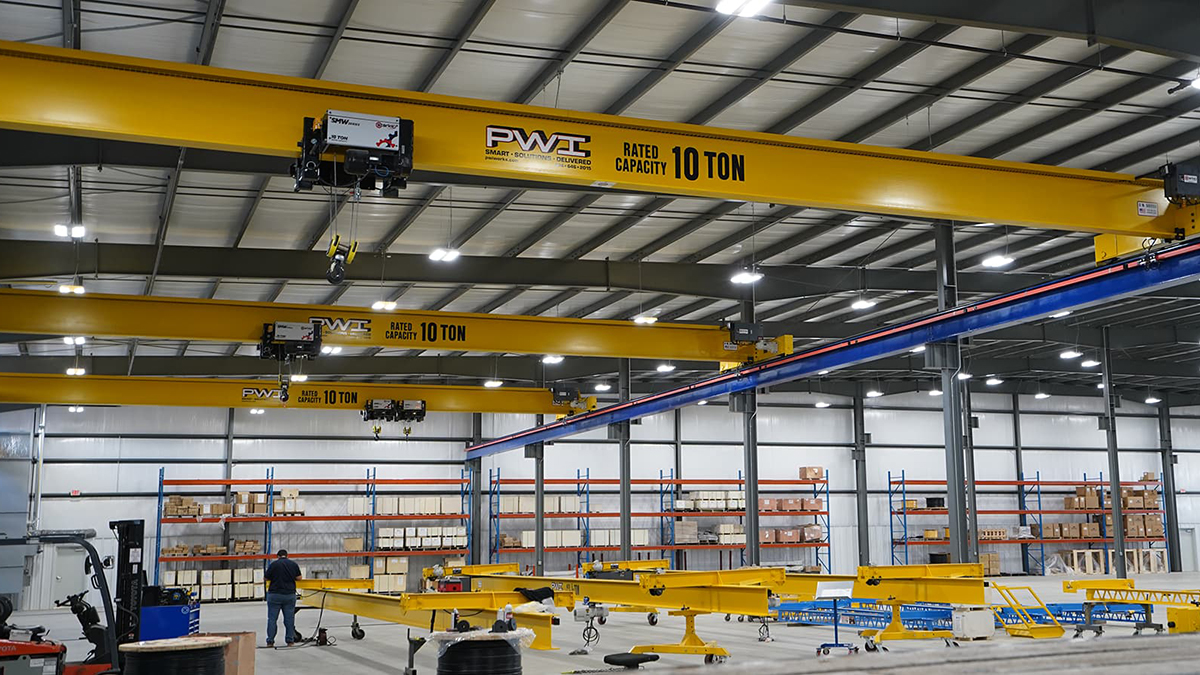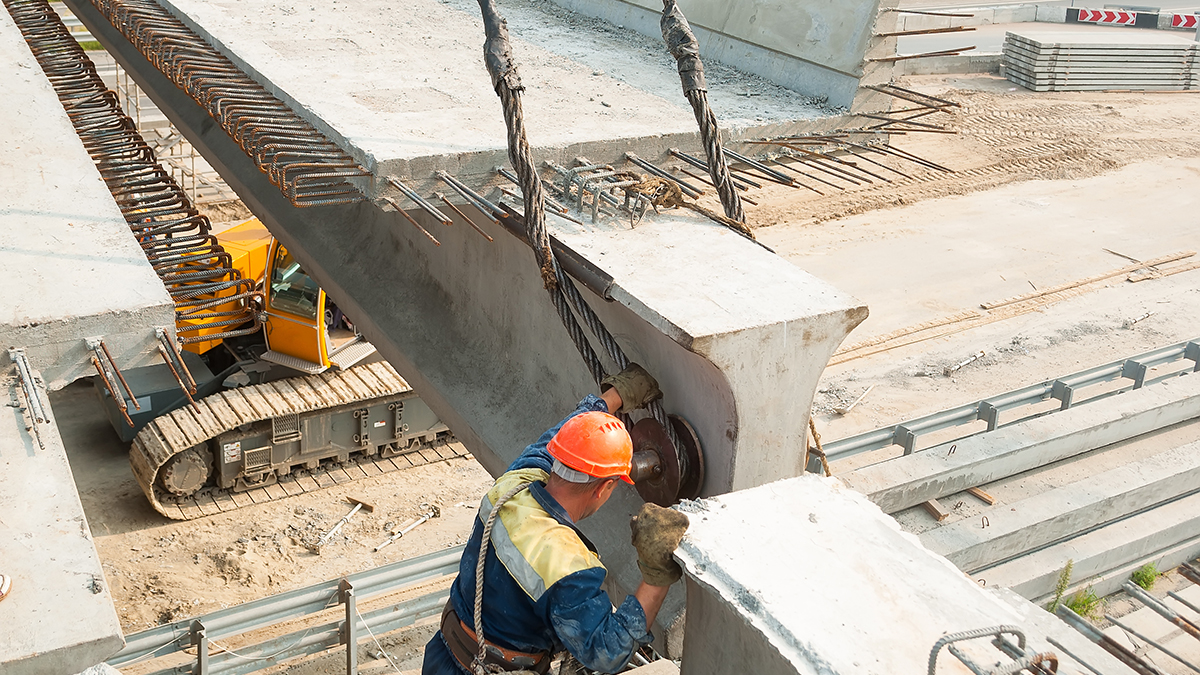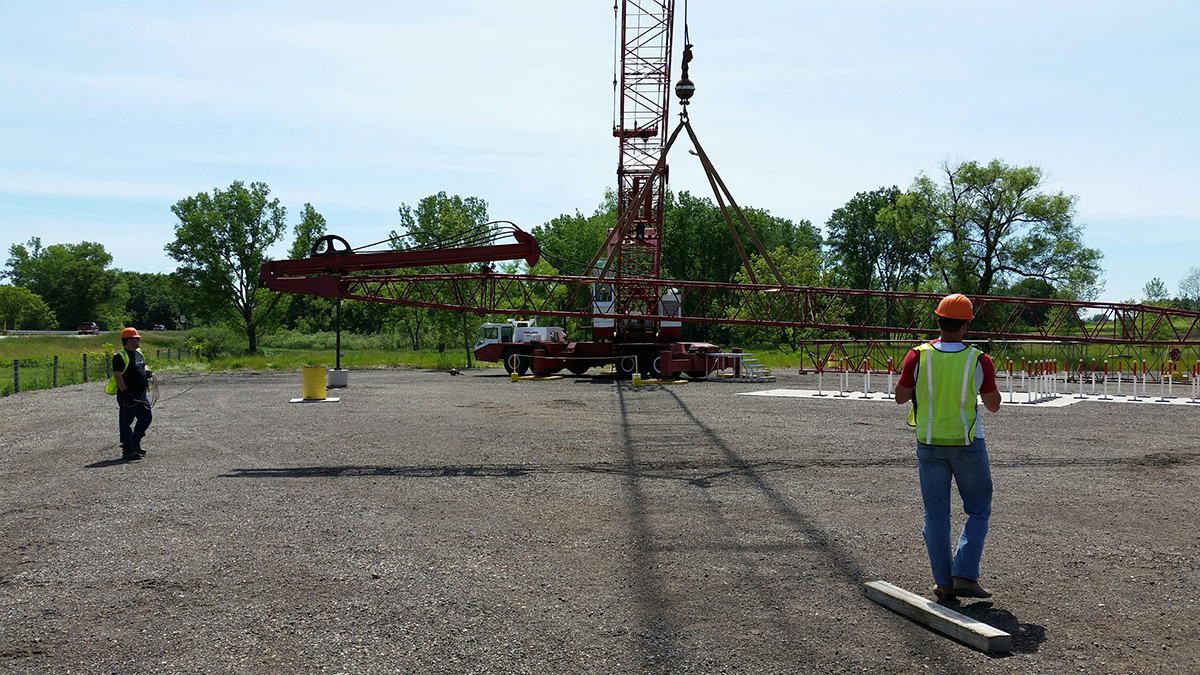Crane Operators And Hand Signals
In today’s modern world of electronics, two way radios and other communication devices, the crane operator still relies on hand signals, or, in some countries, an old fashion pea-whistle. Even if you use a two way radio for communication, crane operators still need a thorough understanding of hand signals since there are situations where the radio cannot be used. Sites that use explosives often ban their use as they could set of detonators.
The problem with hand signals is getting the perspective right. Either you are high up looking down on the work; you could be on the ground taking direction from someone up higher; or the signaler may be on the same level as you. You need to get your interpretation right to follow directions.
Some basic hand signals include:
- Stop – world wide hand signal – open hand with the palm faced towards the operator
- Up – Arm in the air with the finger pointed – the hand and wrist make a circular motion. The slower the motion, the slower the speed of the lift.
- Down – Down is general the opposite of up, however some areas use a more specific motion where the arm is extended out from the body with the open palm facing down – the arm and palm make gentle backward and forward motions – again the speed of the motion indicates the lowering speed.
- Swing – Arm extended with the finger pointing in the direction of the swing.
Of course, some hand signals get trickier. Say you wanted to raise the boom while lowering the load. For this the signaler would extend the arm with the thumb pointing up – this indicates raising the boom. At the same time the fingers would be flexed in and out to indicate the lowering of the load.
As a crane operator, you can often build up a good working rapport with your signaler. On other occasions you may be working with some one you have never met before. This is why standard hand signals need to be learned. The crane operator also needs to be able to respond instantly for each hand signal, particularly the stop signal.
ATS Heavy Equipment Training Schools deliver nationally accredited training for crane operators. Verbal and non-verbal (including hand signals) training is included. If you have a desire to work as a crane operator then check out the details of the crane operator training program online.




This Post Has 0 Comments